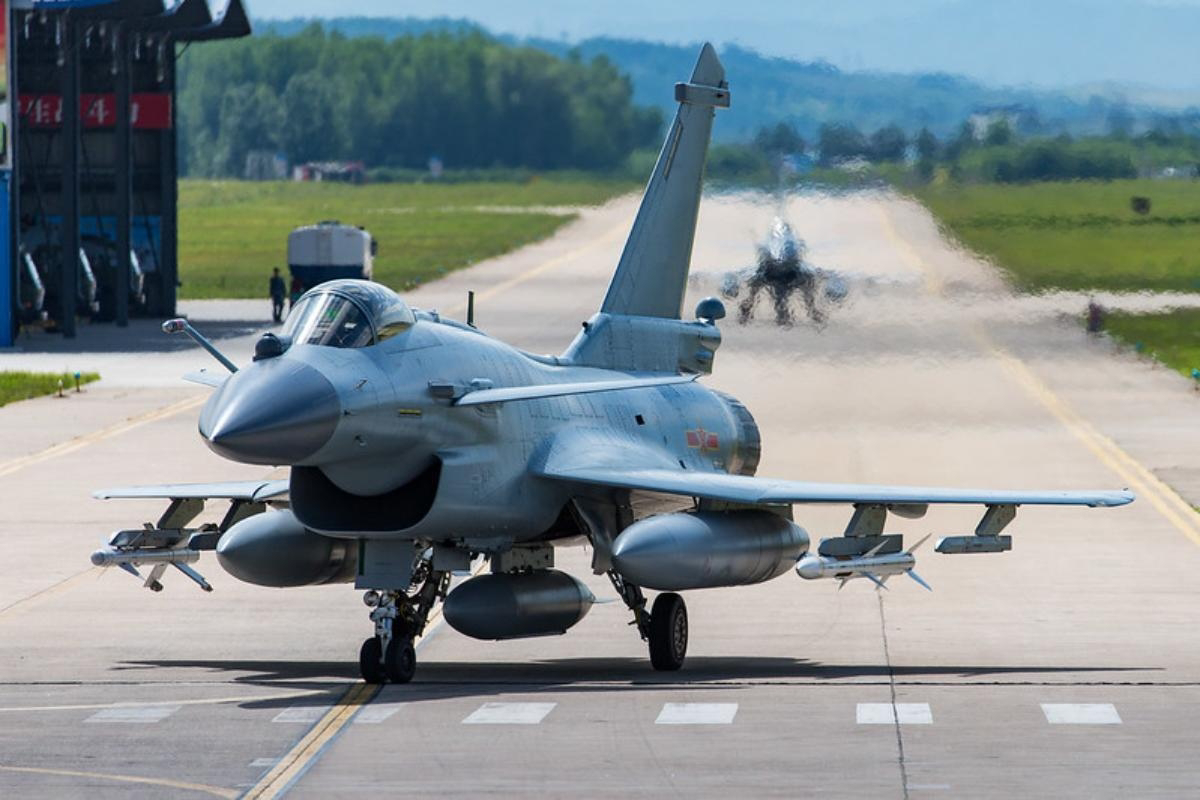Pakistan-India Air Battle Makes World Air Forces Re-evaluate Doctrines, Weapons Systems
Defence affairs (IISS)
Air battles between Pakistan Air Force (PAF) and Indian Air Force (IAF) fighter jets have not only increased tensions in the South Asian region, but have also caught the attention of world powers who are now re-evaluating their respective doctrines and weapons systems.
According to several sources, including two US officials who spoke to the Reuters news agency, at least two IAF aircraft were shot down by PAF J-10C aircraft in the initial phase of the recent aerial confrontation.
The success is seen as a major operational achievement for the 4.5th generation J-10C aircraft , developed by Chengdu Aircraft Industry Group (CAIG) , and now equipped with AESA radar, advanced electronic warfare systems , and the ability to launch PL-15 missiles — one of the world's most dangerous long-range air-to-air missile systems.
Pakistan began acquiring J-10C aircraft in December 2021 and received the first batch on March 4, 2022. These aircraft were then commissioned into the No.15 “Cobras” Squadron on March 11 at Minhas Air Base, Kamra.
Pakistan began acquiring J-10C aircraft in December 2021 and received the first batch on March 4, 2022. These aircraft were then commissioned into the No.15 “Cobras” Squadron on March 11 at Minhas Air Base, Kamra.
Now, Islamabad is reportedly in advanced negotiations to acquire up to 60 J-10C units , a strategic move aimed at strengthening long-range air dominance capabilities, especially as the region is filled with new-generation weapons systems from both sides.
More than 125 fighter jets from both countries reportedly launched simultaneous strikes in the first wave of the conflict, making it one of the largest air battles in modern history, with most of the fighting involving long-range (BVR) missiles at ranges of over 160 kilometers.
According to Pakistan's Foreign Minister, Ishaq Dar, "The much-hyped Rafale jets were a complete failure, and the Indian pilots proved incompetent," adding, "We could have shot down 10 or 12 aircraft, but the orders were clear—only shoot down those who fire first."
The statement was also supported by Pakistani Prime Minister Shahbaz Sharif, who announced that another Indian Mirage 2000 aircraft was also shot down in the ensuing clash.
One of the most significant strikes saw a Pakistani J-10C believed to have successfully shot down an Indian Rafale from a range of 182 kilometers using a PL-15 missile , which is guided by an AESA radar and capable of reaching speeds of nearly Mach 4 , while remaining within Pakistani airspace—a feat that surprised Western military observers.
CNN reports that the air battle took place without any aircraft crossing the border, with both sides relying entirely on long-range missile systems—in line with the evolution of future air doctrine.
The effects of this battle are also being felt beyond South Asia, with Western defense companies and global policymakers now analyzing the effectiveness of China's air systems ecosystem, particularly the PL-15 missile , which has long been a focus of US and NATO intelligence.
A senior American defense industry official said, “The PL-15 is a major threat. The American military is paying serious attention to it.”
It remains a question whether India's Rafale aircraft carry Meteor missiles or rely solely on the older MICA missile system . While the Meteor's exact range is classified, some Western experts admit that the PL-15 rocket propulsion may exceed the capabilities of the Meteor , which uses ramjet engines.
According to defense analyst Douglas Barrie of the International Institute for Strategic Studies (IISS) , “This is the most capable missile system China has, used against the best multi-role combat aircraft from the West.”
He added, “The air communities from China, the United States and Europe will seek to obtain as much real data as possible on the tactics, systems and procedures used—and which failed—in proxy air battles between great powers.”
Byron Callan , a defense expert from Capital Alpha Partners, warned that audits will be conducted globally to assess the extent to which the system's performance depends on actual technology versus training factors, rules of engagement and situational uncertainties.
In Beijing, the operational effectiveness of the J-10C is expected to be proof of the success of China's aerospace industry , which is now free from dependence on Soviet-era technology, with the development of fully domestically manufactured aircraft, radars and missiles.
A European defense industry official said that the recovered missile seeker showed a level of guidance technology almost on par with Western systems, adding, “At this point, we still don’t know the full extent of it. But one thing is certain, this capability cannot be underestimated.”



Comments
Post a Comment